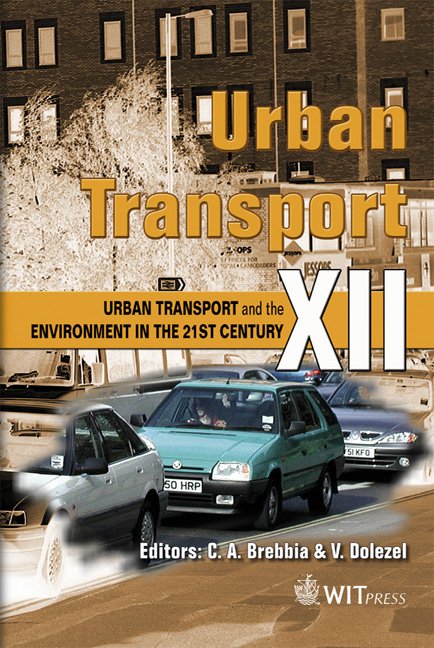Evaluation And Further Development Of Car Following Models In Microscopic Traffic Simulation
Price
Free (open access)
Transaction
Volume
89
Pages
10
Published
2006
Size
436 kb
Paper DOI
10.2495/UT060291
Copyright
WIT Press
Author(s)
P. Hidas
Abstract
This paper presents findings from a comparative evaluation of car-following behaviour in a number of microscopic traffic simulators. The paper describes the results of the calibration and validation of the car following model implemented in the ARTEMiS simulator developed by the author. The calibration and validation are based on a ‘standard’ car-following experiment (called the Boschtest) which used instrumented vehicles to record the speed and relative distance between follower and leader vehicles on a one-lane road, and which was previously used to evaluate a number of other state-of-the-art simulators, including AIMSUN, PARAMICS and VISSIM. The simulated car following behaviour was compared to the field data using a number of error tests. A comparison of the results showed that the ARTEMiS car following model produced the closest match to the observed data out of all the tested models. In the last section of the paper, a number of traffic situations are identified where most car following models fail to reproduce real-life driver behaviour, and solutions to overcome these weaknesses are recommended for further development of car following models in microsimulation. Keywords: microsimulation, car following, traffic modelling. 1 Introduction Microscopic traffic simulation models are becoming increasingly important tools in modelling transport systems. They can be used to model complex transport networks and evaluate various traffic management alternatives in order to determine the optimum solution for traffic problems that cannot be studied by
Keywords
microsimulation, car following, traffic modelling.





